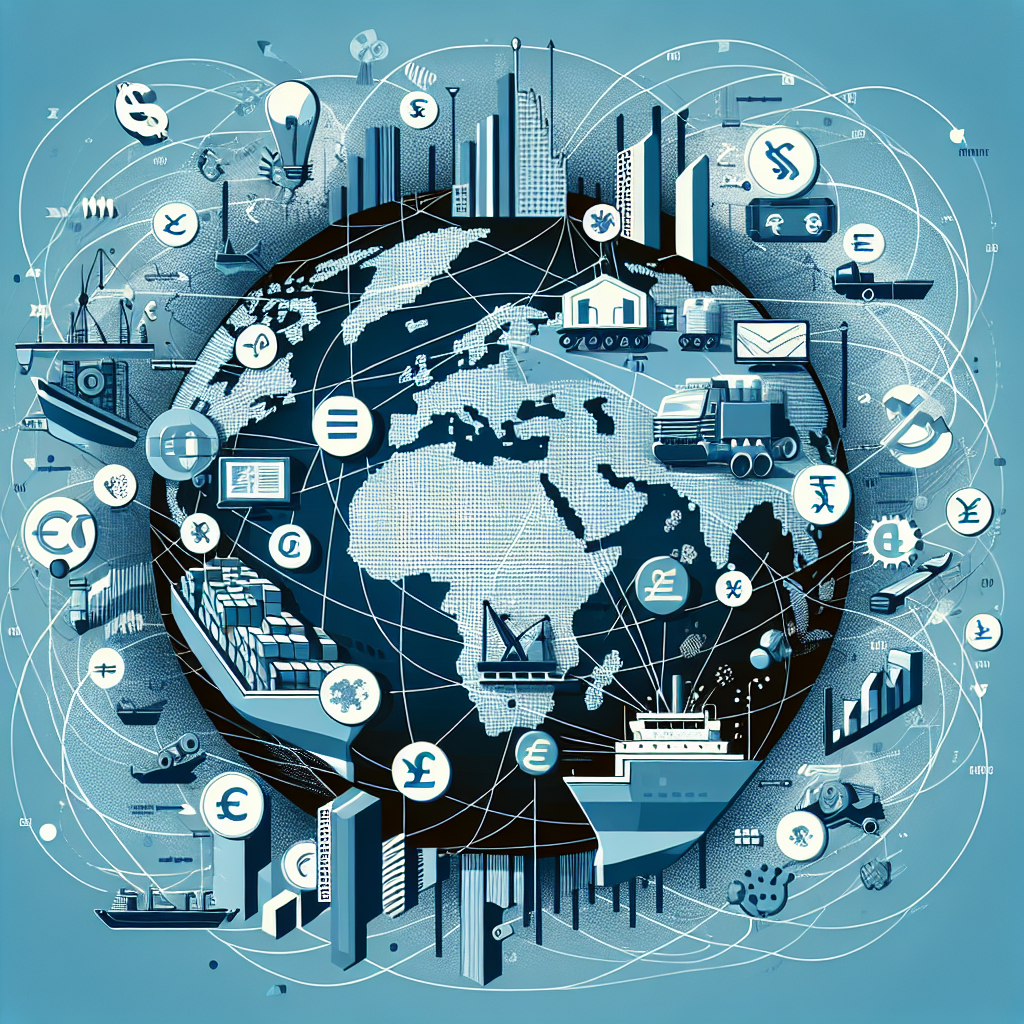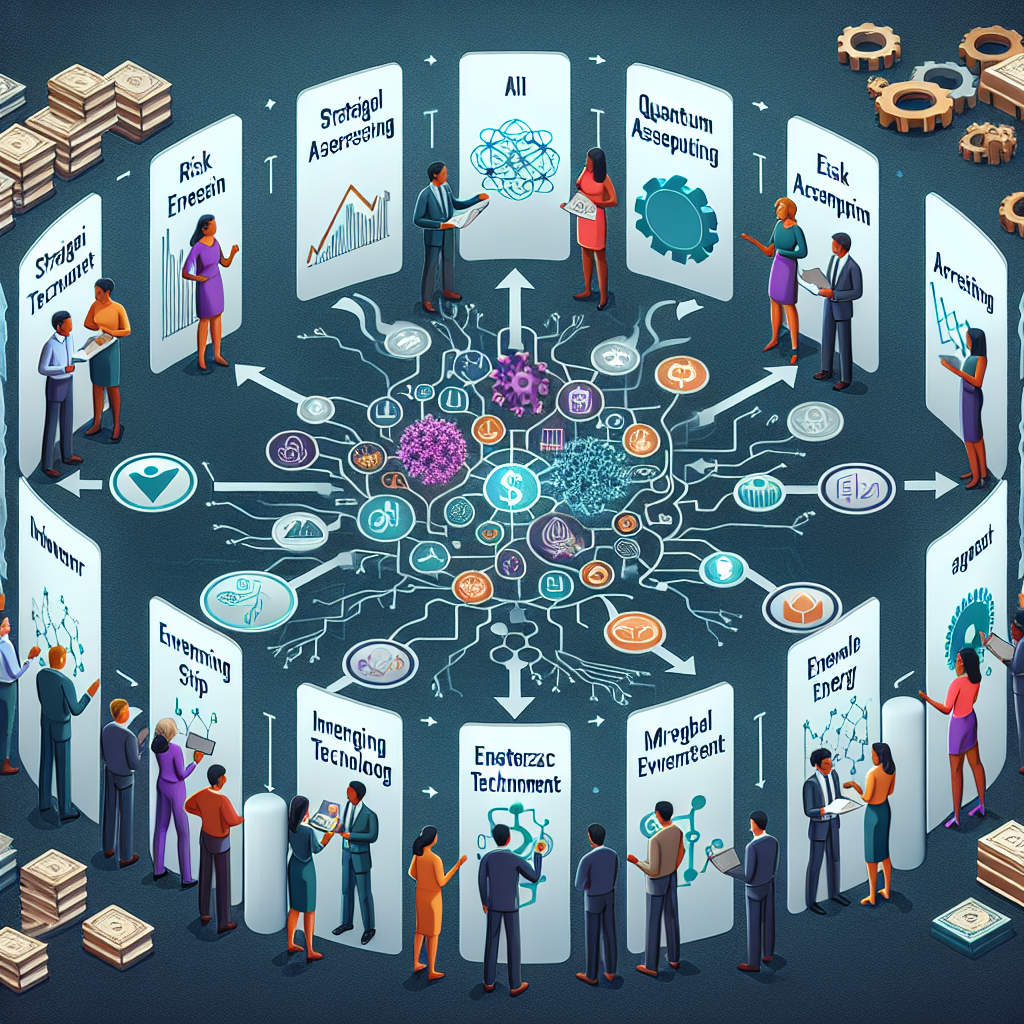
Introduction to International Economic Relations
International economic relations encompass the intricate web of trade, finance, investment, and migration that binds the economies of the world together. This vast network facilitates the flow of goods, services, capital, and labor across borders, creating opportunities for growth and development. At its core, international economic relations aim to enhance prosperity and foster stability among nations through collaborative efforts and agreements.
The Pillars of International Economic Relations
International economic relations rest on several key pillars, each playing a vital role in shaping the global economic landscape.
Trade
Trade is the backbone of international economic relations. It involves the exchange of goods and services across borders, driven by the principle of comparative advantage. Global trade agreements, such as those governed by the World Trade Organization (WTO), aim to make trade more efficient and equitable among nations.
Finance
International finance covers the flow of capital across countries. This includes foreign direct investment (FDI), portfolio investments, and loans. International financial institutions, such as the International Monetary Fund (IMF) and the World Bank, work to ensure stability and foster economic growth through financial cooperation.
Investment
Investment, particularly foreign direct investment (FDI), plays a crucial role in linking economies. FDI involves establishing or acquiring businesses in foreign countries, facilitating technology transfer, employment, and access to new markets.
Migration
Labor migration is an essential aspect of international economic relations. It entails the movement of people across borders for employment. This not only benefits individuals in terms of income and opportunities but also contributes to the economic growth of host and home countries through remittances and skill transfer.
Challenges in International Economic Relations
While international economic relations offer numerous benefits, they also face several challenges.
Trade Disputes
Trade disputes arise when countries impose tariffs or quotas on each other’s imports, potentially leading to trade wars. Such conflicts can disrupt the global supply chain and harm economies.
Financial Instability
Financial crises can spread quickly across borders, as exemplified by the 2008 global financial crisis. Coordinated international efforts are essential to mitigate the risks of financial instability and protect economies.
Unequal Benefits
Not all countries benefit equally from international economic relations. Developing countries, in particular, may find themselves at a disadvantage due to limited bargaining power and reliance on exporting primary commodities.
Environmental Concerns
The environmental impact of increased economic activity, such as pollution and resource depletion, poses a significant challenge. International cooperation is crucial to address environmental issues and promote sustainable development.
The Future of International Economic Relations
The future of international economic relations will likely see increasing digitization, shifts in trade patterns, and the rise of emerging economies. To navigate this future successfully, nations must embrace multilateralism, foster innovation, and address inequalities. Furthermore, addressing environmental sustainability and climate change will be paramount to ensure the long-term prosperity and stability of the global economy.
Conclusion
International economic relations are fundamental to the growth and stability of the global economy. By understanding its pillars, challenges, and future directions, countries can better navigate the complexities of the international economic landscape. Cooperation, adaptation, and a commitment to equitable development are key to harnessing the benefits of economic interconnectedness for all nations.






